Walking around my neighborhood, I’m greeted with shuttered storefronts and restaurants. The streets are eerily empty, the absence of activity made more noticeable by the Spring day and magnolias blossoming outside. Normally, NYC would be bustling on a day like today. People would be found sipping mimosas at sidewalk cafes, the parks would be full of New Yorkers soaking up the sun. But of course, nothing about the COVID-19 pandemic is normal.
Instead, handwritten signs are taped to every door, wishing neighbors good health and thanking healthcare workers for their bravery. Bakeries, hair salons, schools, banks, gyms, bookstores all stand silent with signs promising to try and re-open soon. With more than 10 million people filing for unemployment in the United States and the economy falling, it’s hard to say what small businesses will be left standing.
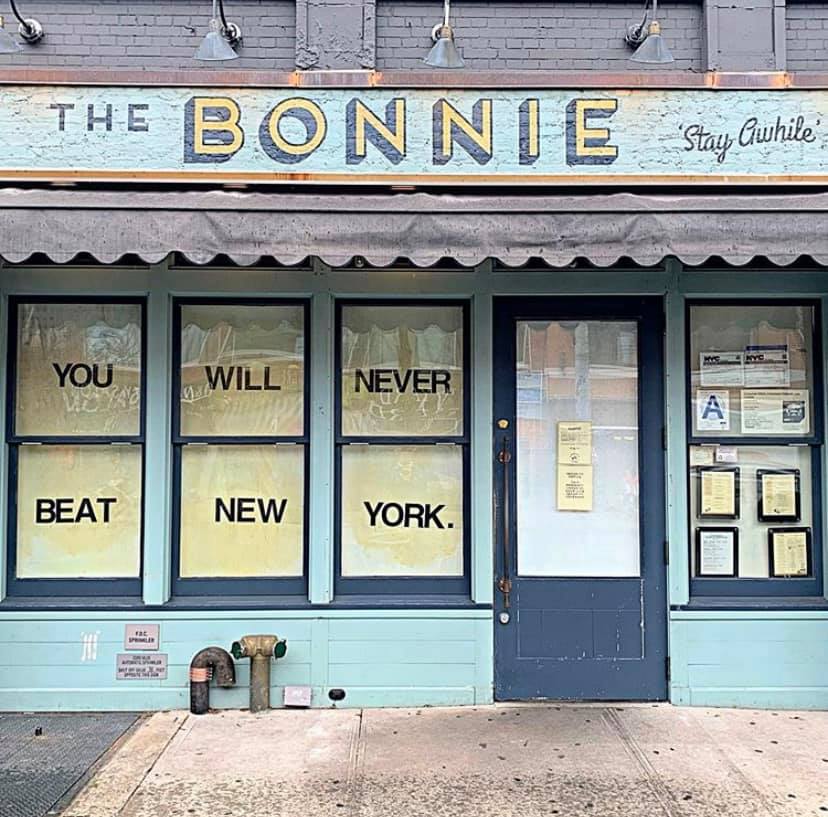
The days are warm enough now for women to dust off their favorite Spring dresses, but instead everyone wears face masks and gloves. We hurry past each other without so much as eye contact, giving one another generous space to walk by. Around-the-block lines stretch outside our grocery stores now, limiting the number of people who can go inside at any given time. We all wait—standing six feet apart—only to be greeted with empty shelves of paper goods and dwindling supplies of products.
By far, the most somber detail of my neighborhood is Mount Sinai hospital just 5-10 minutes walking from my home. Makeshift tents line the streets for COVID-19 testing, while somber refrigerated trucks stand parked outside, waiting for the dead. The constant sound of ambulance sirens blare against an otherwise silent city, broken only by the nightly 7pm cheering of neighbors clapping for the healthcare workers.
In a state being ravaged by Coronavirus, NYC is the hardest hit area for COVID-19. At the time of publishing this article, New York state has 130K+ confirmed cases of Coronavirus—it’s a number that changes hour-by-hour, a number that is guaranteed to rise, a number that my boyfriend and I are now both part of.
We tested positive for COVID-19 on March 17th. Our symptoms started out with nothing more than a sore throat, but quickly escalated to a fever, cough, body aches, chills, and headaches. During the height of our symptoms, the true struggle remained in battling anxiety on a daily basis as we tried to convince ourselves we had nothing but a cold.
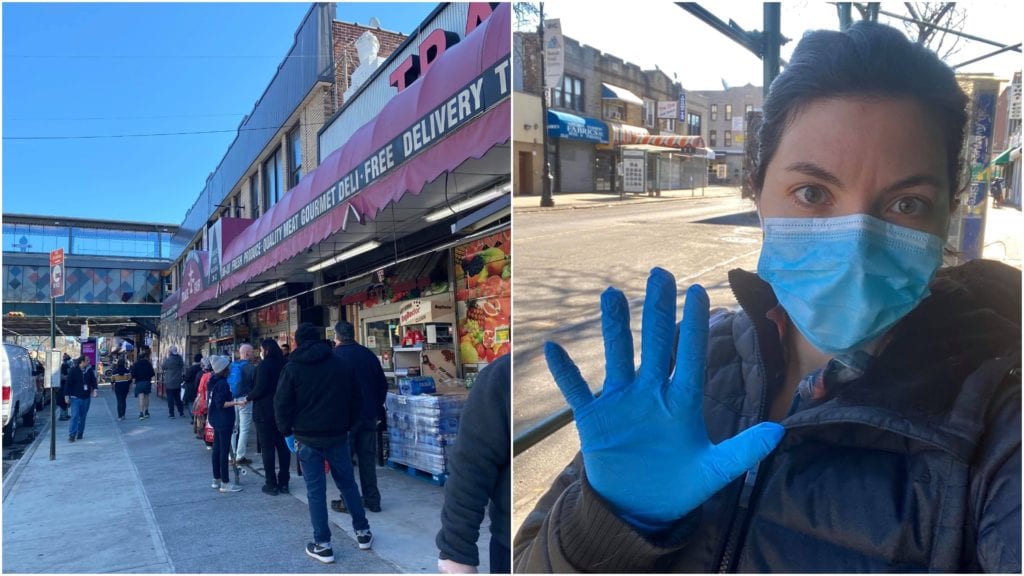
We stayed home, self-isolated, and made a point to only go outside for essentials. We took Advil for our fevers, we drank plenty of orange juice and water, we took vitamins on a regular basis, we walked often and took deep breaths to fill our lungs. But with my boyfriend’s underlying asthma and my fever peaking at 102 F, we decided to get some answers and get tested.
Getting tested for COVID-19 is a confusing process that seems to only get more muddled by the day. When we decided to get tested, we didn’t know whether to reach out to our general physician, to call the hospital, or walk up to the local clinic. In the end, we decided to call our local urgent care clinic, Northwell, just up the street from our apartment.
After a brief phone screening, which asked us about our symptoms and fever, we were told to come in the next morning for the test. We had to stand on the street corner for 15 minutes, while we waited for the staff to “prepare” for our arrival and bring us masks. Once inside, we were ushered into a side room where we both sat side-by-side waiting for the doctor to come in.
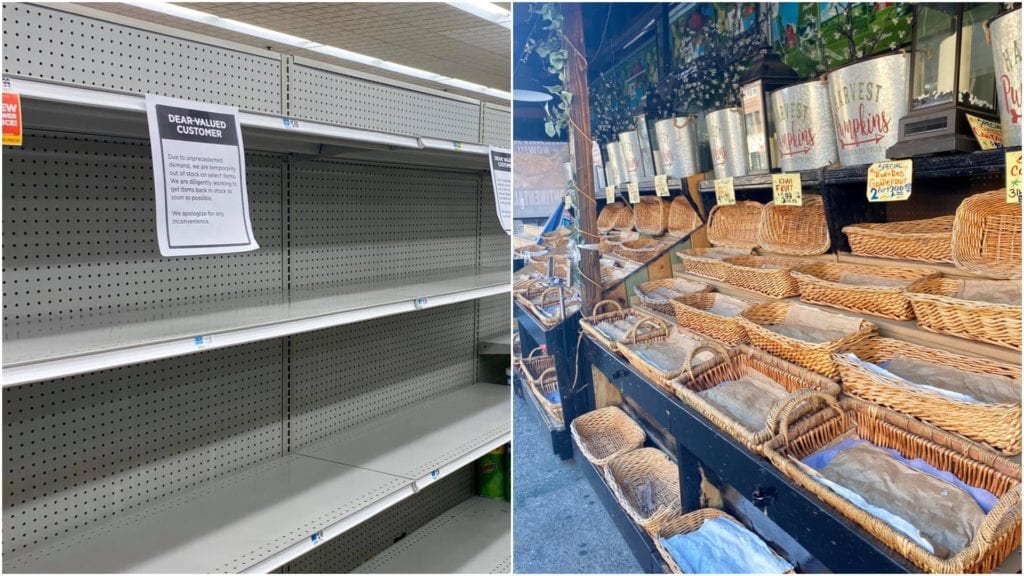
The test was, in a word, painful. A long, thin nose swab jammed unceremoniously into the back of each nostril. Our doctor was kind, efficient, and honest. He told us we’d have results in 5-7 days, but that we most likely had COVID-19 and should act accordingly. In other words, heed the advice of the CDC and stay home.
As we waited for the results, our symptoms (thankfully) began to subside day-by-day. The fevers eventually fell away, the aches stopped, the headaches dissipated, and only my lingering cough stubbornly clung on for another week or so. A full 8 days later, we finally got our results from the test: we were positive for Coronavirus.
Because our results came days later, learning we had (have?) COVID-19 was more of a mental shock than anything. To know this virus had originated across the globe, and worked its way into our bodies feels like a violation. On the other hand, we both feel immense gratitude for our bodies’ fighting off this novel virus—especially given my boyfriend’s asthma. We know we are lucky and yet we fear that it’s impossible we have gotten off so easy when so many people have lost their lives.
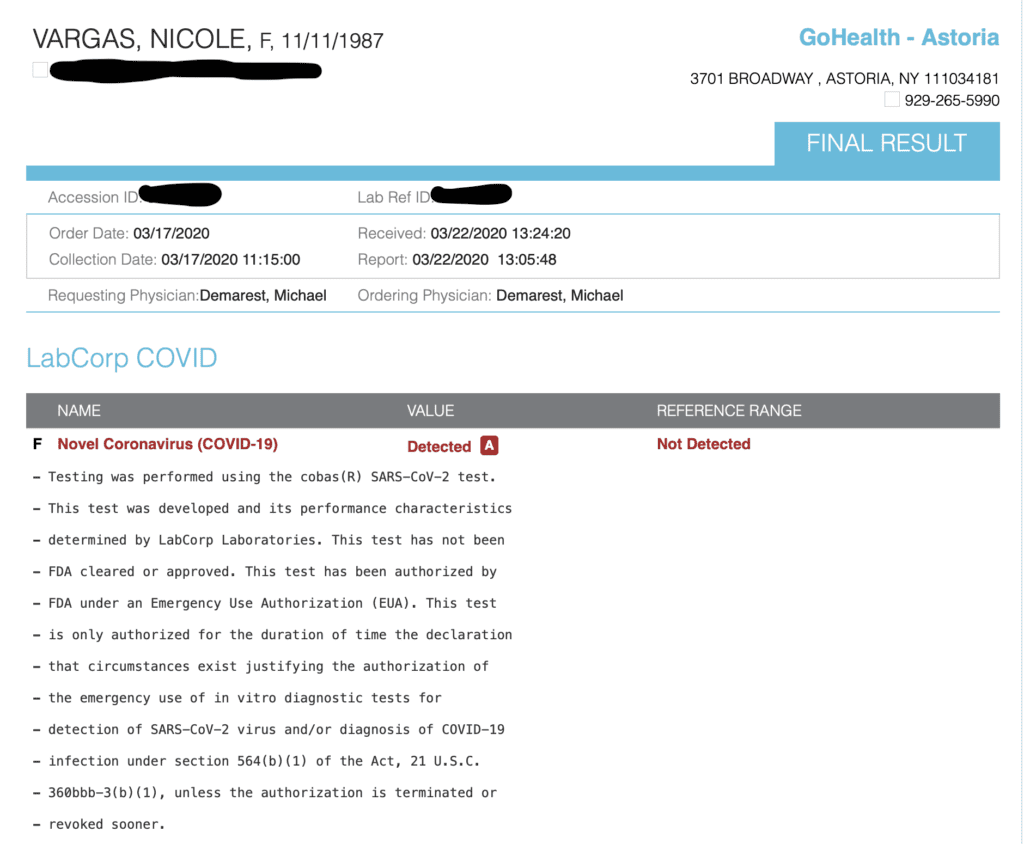
I had thought that being confirmed to have had and recovered from COVID-19 would offer some sort of relief. But of course, nothing about this outbreak is reassuring. Our doctor can’t tell us with certainty whether we have the antibodies to prevent re-infection or how long our assumed immunity will be. For now, it seems we are safe, but as the world races to find a vaccine before the rumored “second wave” in the fall, it’s hard to say if that will last.
The decision to share our COVID-19 experience really comes down to helping others. I had originally shared my story on my personal social media accounts, only to receive many questions about what we felt, how long we felt it, and how we got tested. We are at once inundated with information about Coronavirus and lacking it as well. All we can do now is share what information we have, help where we can, donate plasma, and continue to stay home and stay healthy in these trying times.

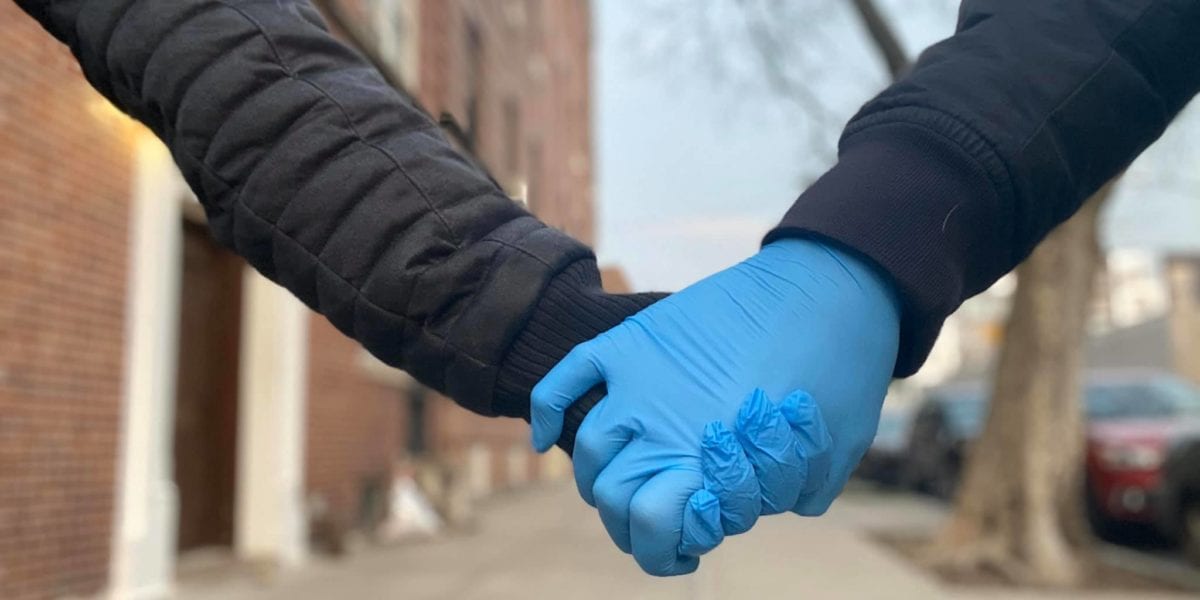

Leave a Reply